Build High-Converting Landing Pages That Win
- Chase McGowan

- Sep 29
- 15 min read
High-converting landing pages are surgically focused. They’re built for one single goal—a sale, a sign-up, a demo request—and everything else is just noise. They are the absolute last step between your ad spend and your revenue, the critical moment where a click either becomes a customer or a bounce.
Why Agency Landing Pages Fail to Convert
Let’s get straight to it. You’ve probably paid a hefty agency invoice, gotten a beautiful landing page back, and then watched your conversion rates go nowhere. I hear this story all the time from clients before they come to me. The problem is a total misalignment of priorities. Most big agencies build pages to win design awards or to impress their next prospect, not to actually persuade your audience and make you money.
These bloated, overpriced agencies operate on a model that’s fundamentally broken for performance. Your project gets handed down the chain to a junior designer armed with a library of cookie-cutter templates. They slap on your logo, change the colors, and call it a day, completely ignoring the specific pain points and psychological triggers that make your ideal customer tick. The result? A generic page that looks nice but has zero persuasive punch.
The Disconnect Between Design and Results
In my 15+ years of cleaning up these messes, the costliest mistakes always stem from this exact disconnect. Agencies are slow. They’re tangled in lengthy approval processes, internal meetings, and a rigid structure that makes the kind of rapid, data-driven iteration needed for high-converting pages impossible. They nail the 'what'—the fonts, the layout, the pretty pictures—but completely miss the 'why' that actually compels a person to take action.
This is where a specialized consultant has a massive advantage. My entire focus is on one thing: results. I don't answer to a creative director; I answer to your bottom line.
My approach is built on:
Direct-Response Copywriting: I write headlines and copy that speak directly to your visitor's problem and frame your offer as the only logical solution.
Psychological Triggers: I strategically use principles like urgency, social proof, and authority to build instant trust and get people to act now.
Rapid A/B Testing: I can launch and analyze tests on critical elements—like a headline or CTA—in a fraction of the time it would take a large agency, letting us find what works and double down on it fast.
The goal of a landing page isn't to be beautiful; it's to be effective. A simple, "ugly" page that converts at 15% is infinitely more valuable than a gorgeous one that converts at 2%.
When you work with a large, traditional agency versus a dedicated specialist, you're not just getting a different process—you're getting an entirely different philosophy.
Consultant vs Agency Landing Page Approach
Attribute | Specialized Consultant (My Approach) | Bloated Agency (The Competition) |
|---|---|---|
Primary Goal | Maximize conversions & ROI | Win design awards, impress clients |
Process | Agile, data-driven, rapid A/B testing | Slow, bureaucratic, committee-driven |
Team | Senior-level expert (me) | Junior team member using templates |
Focus | Psychological triggers, direct-response copy | Aesthetics, branding, visual appeal |
Speed | Changes made in hours/days | Changes take weeks/months |
Accountability | Directly tied to your business results | Diffused across multiple departments |
The difference is clear. One model is built for performance, the other for process.
From Hollow Aesthetics to Tangible Wins
You have to shift your mindset from wanting pretty designs to demanding profitable outcomes. Just look at the difference a single, optimized headline can make. This is a perfect example of how small copy changes can lead to huge performance gains.
The data doesn't lie. A strategic headline more than doubled the conversion rate here, while also slashing the bounce rate and keeping people on the page longer. This is the kind of targeted, high-impact improvement a dedicated expert delivers.
It also helps to know what "good" looks like. The average landing page conversion rate hovers around 6.6% globally, but a well-oiled lead generation page can easily hit 11.9% or higher. And time and again, we see shorter, focused pages with a single, clear call-to-action outperforming long, cluttered ones by about 13.5%. Clarity always beats complexity. You can discover more landing page statistics and insights from Hostinger if you want to dig deeper.
At the end of the day, a specialist will always run circles around a committee. My success is tied directly to yours—no account managers, no red tape, just a relentless focus on turning your ad clicks into customers.
The Strategic Foundation Most Agencies Skip
A landing page that prints money isn't a happy accident. It’s the direct result of a strategic process that starts way before anyone even thinks about design or code. This is exactly where big, slow agencies drop the ball. They're more concerned with pushing a project off their plate and onto the next invoice than doing the deep-dive research that separates a 2% conversion rate from a 15% home run.
My process is the complete opposite. I don't start with templates or fancy color palettes. I start by becoming an obsessive student of your customer—getting inside their head to truly understand their deepest fears, frustrations, and what they actually want. An agency might glance at your target demographic, but I dig into the psychographics—the why behind their buying decisions. This psychological groundwork is everything.
Understanding the User Journey from Click to Conversion
Mapping the user journey is non-negotiable. Where is this person coming from? What exact ad or link did they click, and what promise did it make? The path from that first click to the final conversion has to feel like a seamless, logical conversation.
This is where you see a jarring disconnect with most agency work. The ad promises one thing, but the landing page speaks a totally different language. It happens because their ad team and design team are siloed—a classic big-company problem. As your single point of contact, I make sure the messaging is perfectly aligned from start to finish. We call this message match.
When you get this right, you build instant trust. If your ad for "emergency plumbing services" clicks through to a generic page about home renovation, you've already lost. The visitor feels confused, maybe even a little tricked, and they hit the back button without a second thought.
Competitor Analysis That Goes Beyond the Surface
Another place agencies fall short is competitor analysis. They’ll pull up a few rival landing pages, jot down some notes about button colors and stock photos, and call it a day. That’s a purely surface-level, aesthetic exercise that completely misses the point.
I do the opposite. I dissect their messaging strategy. I break down their headlines, their value props, and their calls-to-action to reverse-engineer the psychological angles they're using.
What specific pain points are they hitting?
What unique benefits are they trying to own?
How are they using social proof to build credibility?
What objections are they trying to preemptively crush with their copy?
This deep dive uncovers massive gaps in the market and opportunities to frame your offer as the obviously superior choice. It’s not about copying your rivals; it’s about understanding the conversation already happening in your customer’s head and joining it with a much stronger argument.
An agency will tell you what your competitors' landing pages look like. A specialist will tell you what your competitors' landing pages are doing to persuade visitors—and how to do it better.
The One-Job Principle: A Singular Focus for Maximum Impact
This brings me to the most critical foundational rule: the ‘One-Job’ principle. Every single high-performing landing page has one job. Just one. Whether that job is to get an email, book a demo, or sell a product, every last element on that page must serve that one objective.
This is where agency-built pages almost always fall apart. They’re a product of design-by-committee, cluttered with competing CTAs, distracting navigation menus, and useless information. They try to be everything to everyone and end up being effective for no one.
By defining one clear job for the page, we can ruthlessly eliminate every source of friction. The path to conversion becomes simple, obvious, and effortless. This singular focus is the antidote to the confused, bloated layouts that litter the web, and it’s the strategic clarity that turns casual browsers into committed customers. This foundational work isn’t flashy, but it’s what turns an expensive digital brochure into a relentless conversion machine.
Writing Persuasive Copy That Actually Sells
A killer design might get someone to stop scrolling, but it's the words on the page that actually make the sale.
This is where the difference between a dedicated expert and a bloated agency becomes a canyon. Agencies often throw copy assignments at junior writers who just follow the same old "benefits over features" advice. The result? Sterile, uninspired text that doesn't connect with anyone because they simply don't have the time to get inside your customers' heads.
My process is the complete opposite. I go deep. I learn to speak your customers' language, pinpointing the exact emotional triggers that make them act. The copy isn't just a description; it’s a meticulously built sales argument that walks a visitor from "I'm not sure" to "I need this now." This is the craft of direct-response copywriting, a skill you only get from years of in-the-trenches testing—something an agency assembly line just can't match.
Crafting Headlines That Command Attention
Your headline is the single most important piece of copy on the page. It has one job: grab your ideal customer and make them an offer so good they have to keep reading.
Agencies love to play it safe with boring, descriptive headlines like "High-Quality Plumbing Services." An expert focused on results knows that's a massive waste of prime real estate.
I build headlines that work by focusing on a few key things:
Target the Real Pain: What's the problem that keeps your customer awake at night? Hit it directly.
Promise a Concrete Result: Be specific. Tell them exactly what they're going to get.
Inject Credibility: Why should they trust you? Use numbers, testimonials, or a nod to your authority.
Create a Little Intrigue: Hint at a unique solution or a surprising benefit that makes them curious.
For example, instead of the bland "CRM Software for Small Business," we could test something like: "The CRM That Helps You Close 30% More Deals Without Working Weekends." See the difference? One is a label; the other is a promise.
Structuring Body Copy to Build an Irrefutable Case
Once your headline hooks them, the body copy has to take them on a journey. It’s all about systematically dismantling their objections before they even have a chance to fully form. A junior writer working from a template can't do this. They don't know your customer's biggest fears or skeptical questions.
I structure body copy like a real conversation, anticipating their worries and hitting them head-on with proof. This means weaving in real customer testimonials and powerful "micro-case studies" that make the transformation you're promising feel totally achievable. It's about showing, not just telling.
Instead of just saying your service is "reliable," you feature a quote from a client that says, "They answered my call at 2 AM and had the problem fixed in under an hour." That's tangible.
An agency writer lists what your product does. A specialist builds a narrative that proves why the visitor's life will be fundamentally better after buying it. That’s the difference between copy that informs and copy that sells.
Using Social Proof to Build Unshakable Trust
Trust is the currency of conversion. Anyone can drop a few star ratings on a page. A strategically built page, however, weaves social proof through the entire story. This isn't just about slapping on a few testimonials; it's about making the decision to buy from you feel both safe and smart.
The goal is simple: show visitors that people just like them have already won by choosing you. When you prove you have a track record of delivering, you lower their perceived risk. This deep understanding of how to layer proof points is what separates a specialist from a generalist.
The principles here share a lot of DNA with writing great ad copy—both have to be persuasive and laser-focused. To get a deeper look, you can [check out our guide on how to write ad copy that actually converts](https://www.cometogether.media/single-post/how-to-write-ad-copy-that-actually-converts).
Don't just take my word for it. Moz, a huge name in SEO software, famously boosted their sales by a massive 52% with a landing page redesign. They made the page over four times longer, turning it into a rich, persuasive sales pitch and swapping a generic headline for one built on powerful social proof. That's what happens when deep expertise is applied—something a generic agency writer just can’t deliver.
Designing for Conversions, Not Awards
Let's be blunt: a beautiful landing page that doesn't convert is just an expensive digital brochure. In performance marketing, results are the only metric that matters.
This is a lesson big, bloated agencies consistently fail to learn. They get so caught up chasing design awards and building flashy portfolio pieces that they forget the page has a single, critical job: turn your ad spend into revenue.
My approach is the complete opposite. I build everything around conversion-centered design, a practical framework where every single visual element exists to guide the visitor toward taking action. It’s not about being trendy; it’s about being effective. Agencies often sacrifice clarity for flash, but a simple, clean layout consistently outperforms a complex, "award-winning" one. Why? Because clarity sells.
Creating a Powerful Visual Hierarchy
The real key to a high-converting landing page is controlling the user's eye. You have to build a strong visual hierarchy that tells them exactly what to look at, and in what order. It’s a subtle but incredibly powerful way to lead them from your headline straight to your call-to-action (CTA) without them even realizing it.
I use a few core principles to make this happen:
Whitespace: This is your most powerful tool. Generous whitespace (or negative space) around key elements like your CTA button makes them stand out and feel more important. Crowded, cluttered agency designs just create visual noise that tanks conversions.
Directional Cues: Think of these as subtle visual hints that point the user’s eye toward your goal. This could be an arrow, a person’s line of sight in a photo, or even just the natural flow of the layout itself.
Color Psychology: Color isn’t just for branding. Using a high-contrast color for your CTA button makes it impossible to miss. It should be the most visually dominant element on the page, period.
A great landing page isn't designed; it's engineered. Every pixel, every word, and every color choice is a deliberate decision aimed at making the desired action feel like the most natural next step.
The Anatomy of a High-Performing CTA Button
The CTA button is the finish line. It’s that final, make-or-break step in the conversion process, and getting it right is non-negotiable. Agencies often treat it like an afterthought, but I obsess over it.
It's about so much more than just a bright color. A CTA that actually converts is a combination of several key factors:
Compelling Copy: Ditch generic words like "Submit" or "Click Here." You need action-oriented, first-person language that reinforces the value. For example, "Get My Free Quote" is infinitely more powerful than "Send."
Strategic Placement: Your button needs to be visible above the fold and repeated after key sections of your sales argument. Never make users hunt for it.
Optimal Size: It has to be large enough to be easily tappable on mobile, but not so big that it becomes obnoxious.
Contrasting Color: As I mentioned, the button color must pop off the page. It needs to contrast sharply with the background and surrounding elements to demand attention.
Combining these elements makes clicking that button feel both effortless and obvious. These ideas are just one part of a bigger picture; you can explore other essential website design best practices that drive revenue that reinforce how functional design leads to better business outcomes.
Ultimately, designing for conversion is about psychology, not just aesthetics. It requires a deep understanding of user behavior and a relentless focus on removing friction. This is the kind of hands-on, detail-oriented work a slow-moving agency, with its layers of management and junior designers, simply can't replicate. While these design choices are critical, they are just one piece of the puzzle. For a broader look at improving your results, you can read our guide on 9 conversion rate optimization best practices for 2025.
The Consultant’s Edge in Rapid Optimization
A landing page is never really “done.” It’s a living, breathing asset that needs constant refinement to stay sharp. This is where a dedicated consultant leaves slow, bureaucratic agencies in the dust. While they’re stuck in approval chains and internal meetings, I’m already launching the next test to squeeze more revenue from your ad spend.
My entire approach is built on agile, data-driven optimization. I don't get bogged down in minor tweaks like changing a button color from red to slightly-less-red. That’s the kind of busywork agencies love because it looks like they’re doing something. I’m focused on testing one big, bold idea at a time—the kind of change that can actually move the needle.
This means we go after high-impact variables first:
A Radically Different Value Proposition: What if we completely reframe the core benefit?
A New Headline and Offer Combo: Let's test a totally different hook to see what really grabs people.
A Major Layout Overhaul: Could a simpler, more direct structure boost clarity and drive action?
This nimble process is something large agencies, with their rigid workflows and layers of management, just can't match. They can’t pivot. My direct, hands-on model means we can learn and adapt in days, not months.
Turning Data into Smart Hypotheses
Real Conversion Rate Optimization (CRO) isn't about guesswork. It’s about making educated bets based on how real people are behaving on your page. I lean heavily on tools like heatmaps and session recordings to get an unfiltered look at the user experience. Heatmaps show me where people are clicking (and where they aren't), while session recordings are like watching over a user’s shoulder as they navigate the site.
But the tool itself is useless without interpretation. An agency might just send you a colorful heatmap report with no real insight. I dig deeper to answer the critical questions:
Are users getting stuck on a particular section?
Are they clicking on non-clickable elements out of confusion?
Do they scroll right past your most important copy?
This is where the real value is. I turn that raw data into a smart, testable hypothesis. For instance, if a heatmap shows nobody is clicking your CTA, my hypothesis isn't just "make the button bigger." It's "the copy before the button isn't building enough value, so let's test a stronger benefit statement right there."
The goal isn't just to run A/B tests; it's to run smart A/B tests. A nimble consultant can generate, launch, and analyze these tests faster than an agency can schedule a kickoff meeting.
This entire process gets supercharged by the fact that dedicated landing pages are conversion machines. On average, they deliver conversion rates 160% higher than other signup forms. Their focused nature makes them perfect for this kind of optimization, yet surprisingly, only 17% of marketers regularly use A/B testing. On top of that, a consultant’s ability to quickly implement personalized CTAs can boost performance by a staggering 202%.
The Advantage of Speed and Specialization
Ultimately, the consultant's edge comes down to two things: speed and specialization. I don’t have to get approval from three different departments to launch a test. I see an opportunity in the data, I build a hypothesis, and we go live.
This relentless cycle of testing and learning is what turns good landing pages into great ones. To see a deeper breakdown of this agile methodology, you can read our comparison of [A/B testing for landing pages a consultant’s edge vs agency inefficiency](https://www.cometogether.media/single-post/a-b-testing-for-landing-pages-a-consultant-s-edge-vs-agency-inefficiency). Your competition is likely moving at a snail's pace; we'll be running circles around them.
Your Questions Answered
I talk to a lot of business owners who feel stuck with their current agency. They have that gut feeling something isn't right—the results are flatlining while the invoices keep climbing—but they're not sure what a better alternative even looks like.
If you're ready for a change and want to build high-converting landing pages that actually move the needle, you're not alone. Here are the most common questions I get.
How Is a Consultant Different from a Full-Service Agency?
It all comes down to specialization versus generalization.
A big, bloated agency is a generalist by nature. They have to be. They'll offer you a dozen different services, from SEO and social media to landing page design, but their expertise is usually a mile wide and an inch deep. Your project often gets passed down to a junior employee who's juggling way too many clients and just following a standard playbook.
As a consultant, I'm a specialist. My entire world revolves around pay-per-click advertising and the landing pages that make it profitable. You're not getting a buffer; you're getting a senior-level expert working directly on your account. Every headline, button, and layout decision is backed by 15+ years of hands-on experience. There are no account managers or layers of red tape—just a straight-up partnership laser-focused on your ROI.
The agency model is built to scale their business; the consultant model is built to get you results. You're not just another account number to me—your success is the only metric that matters.
Why Do My Current Landing Pages Get Traffic but No Conversions?
Ah, the classic symptom of a page designed for aesthetics, not action. Your agency probably built a page that looks great and ticks all the branding boxes but completely misses the mark on conversion psychology.
High-converting landing pages aren't digital art exhibits; they're finely tuned sales tools.
Here’s why most "pretty" pages fail:
A Muddy Value Proposition: If a visitor can't figure out "what's in it for me?" in three seconds, they're gone.
Too Many Cooks in the Kitchen: The page is a mess of competing links, buttons, and messages, which just confuses people.
No Trust Signals: A lack of testimonials, reviews, or case studies makes visitors hesitate. Why should they trust you?
Friction, Friction, Friction: The form is a novel, the button is buried, or the copy is just plain unclear.
An expert can spot these problems from a mile away. My job is to ruthlessly cut anything that doesn't serve the page's one single goal, making the path to conversion dead simple for your visitors.
Can a Single Consultant Really Outperform a Whole Agency Team?
Absolutely. In fact, it's often an advantage.
That agency "team" is usually an illusion of value. In reality, it means your project gets bounced between departments. This leads to slow communication, a watered-down strategy, and a final product built by committee. A single, focused expert cuts through all that noise.
Because I'm running the Google Ads strategy and optimizing the landing page, I can guarantee a perfect message match from ad to page. I can spot something in the campaign data in the morning, form a hypothesis, build a new variant on the landing page by the afternoon, and start getting results right away.
An agency would need three meetings and a week of approvals just to get started. That speed and agility are my secret weapons—and they become yours, too.
Ready to see what a specialized, results-driven approach can do for your business? At Come Together Media LLC, I offer a free, no-obligation consultation to audit your current campaigns and pinpoint your biggest growth opportunities.
Let's build landing pages that don't just look good—they convert. Book your free consultation today.




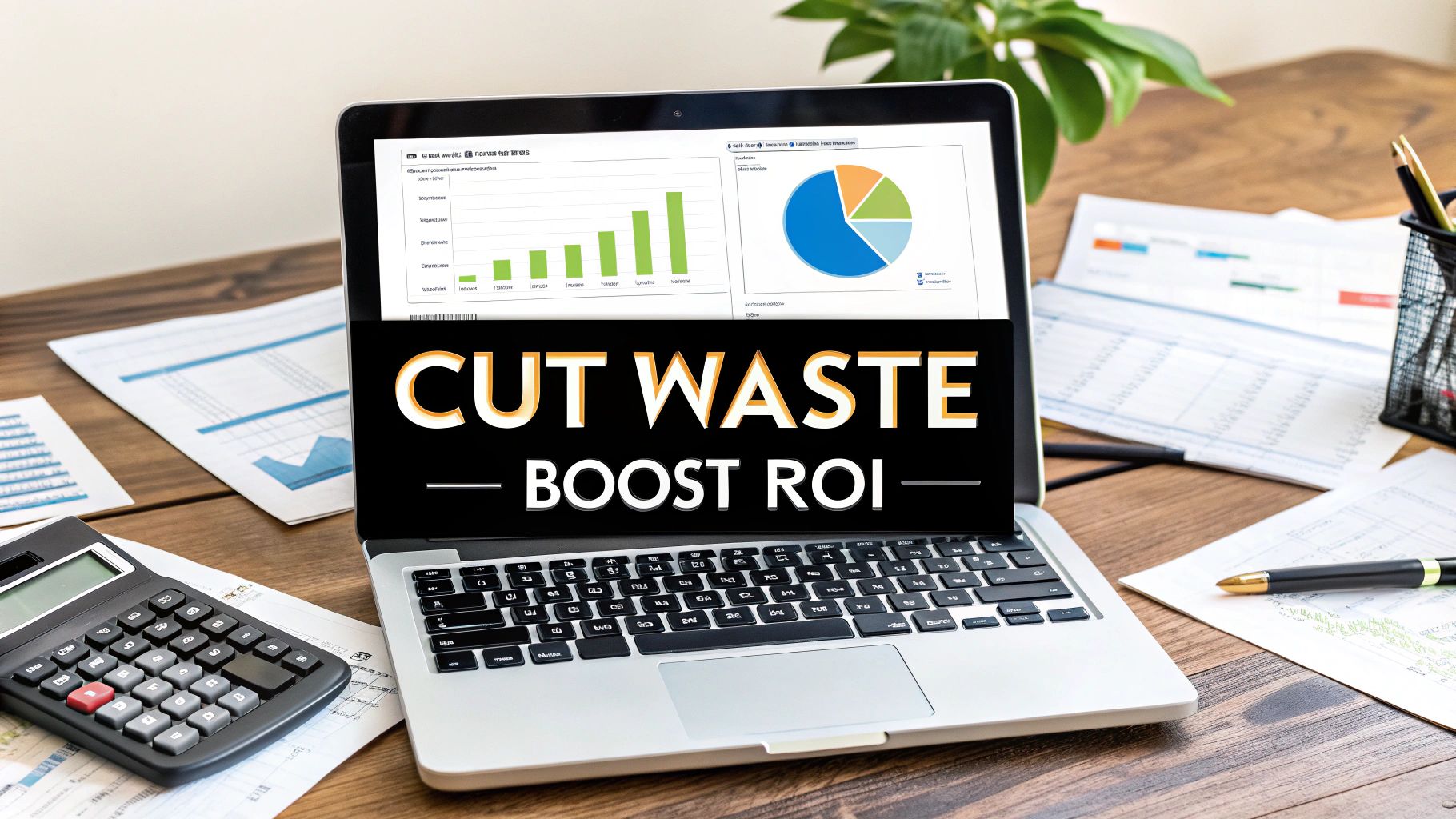
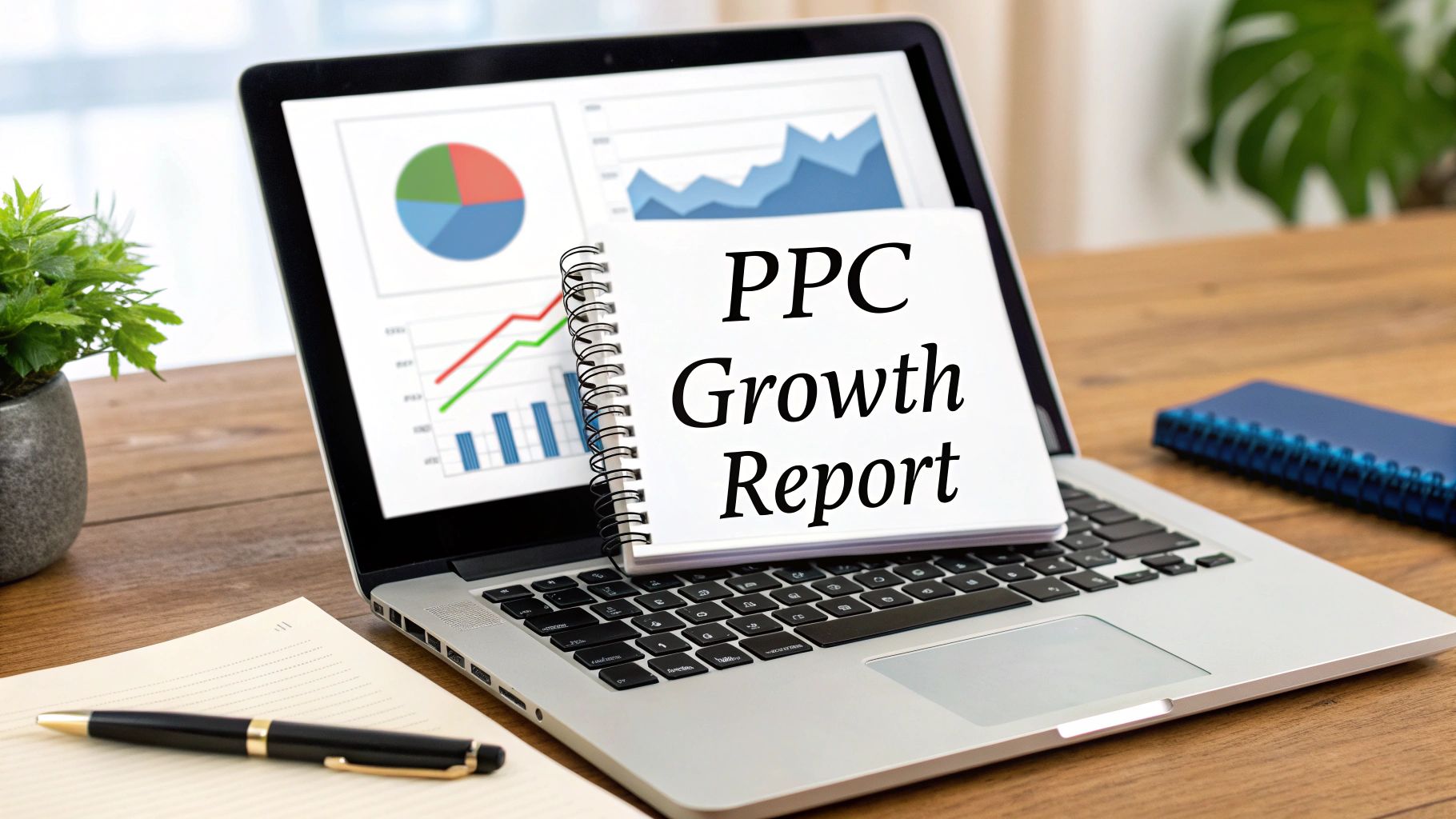
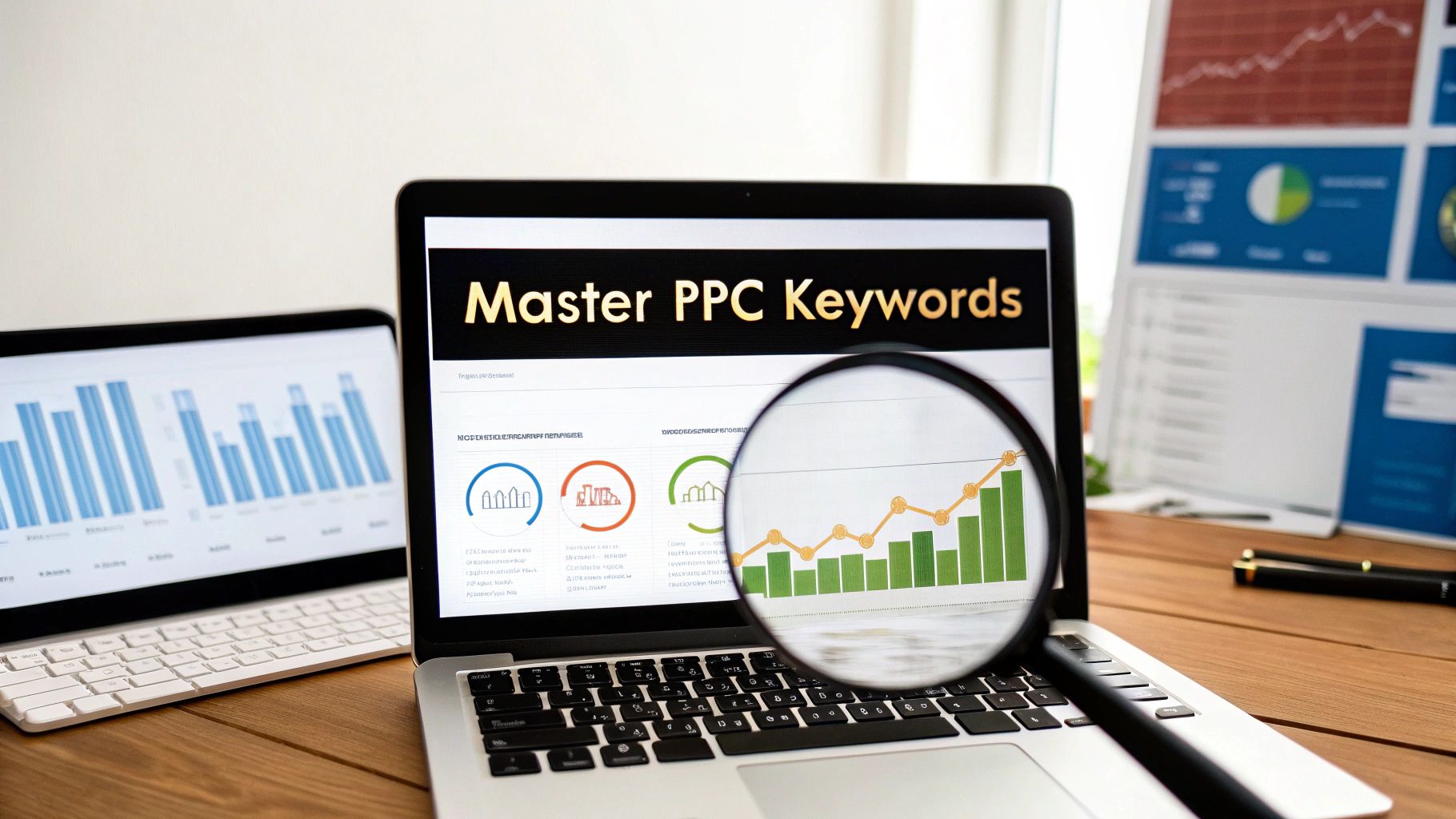
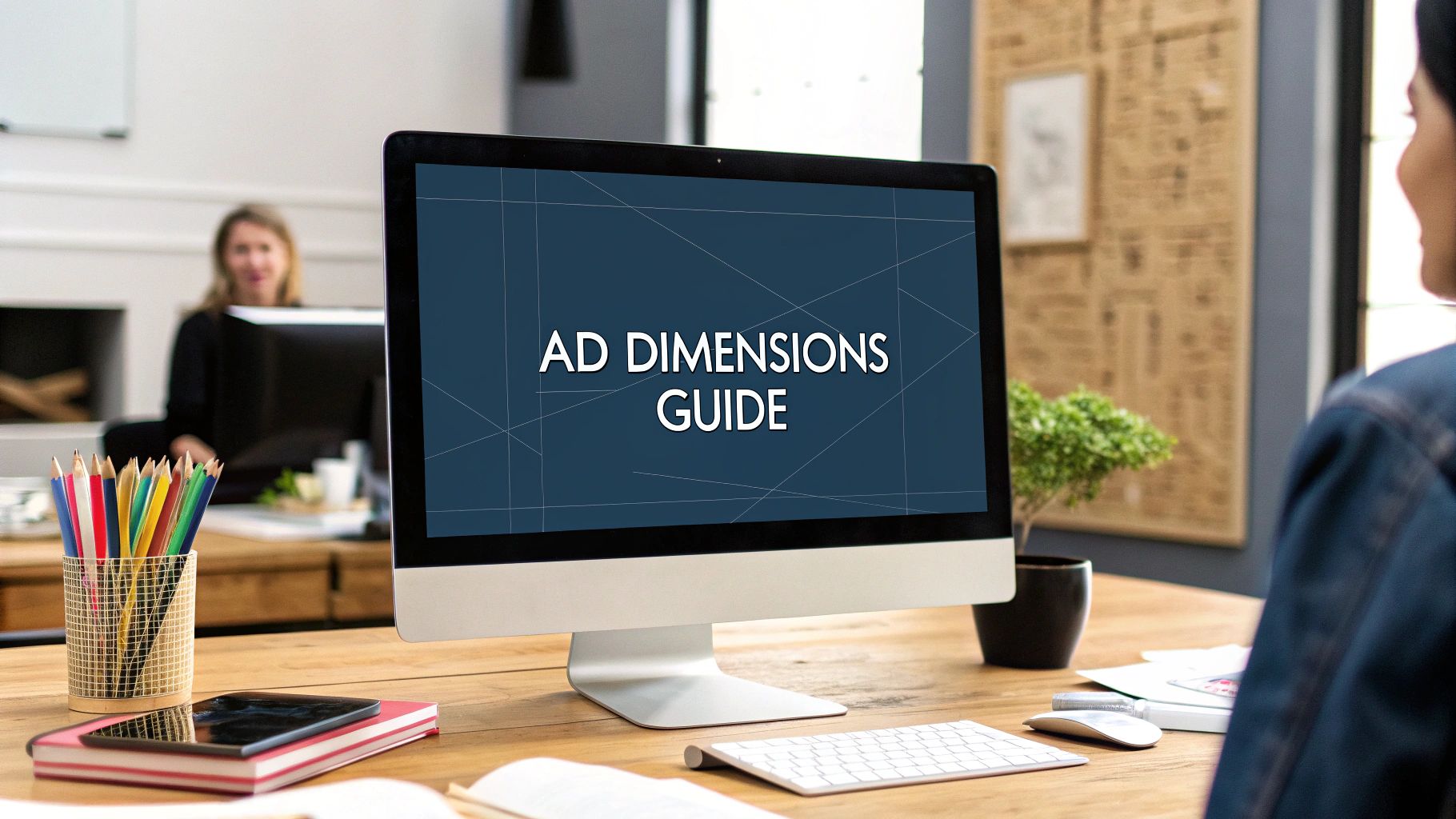
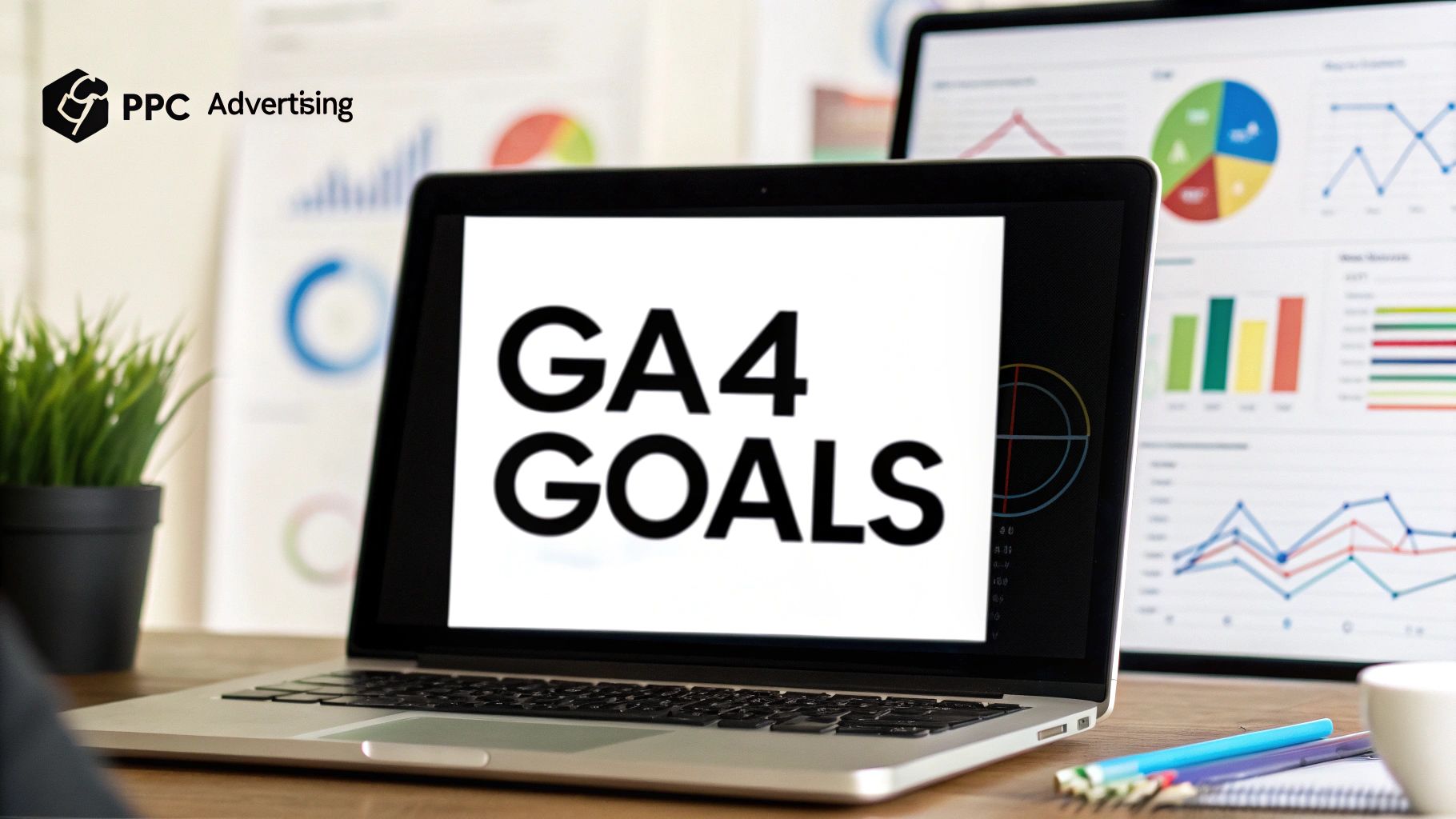
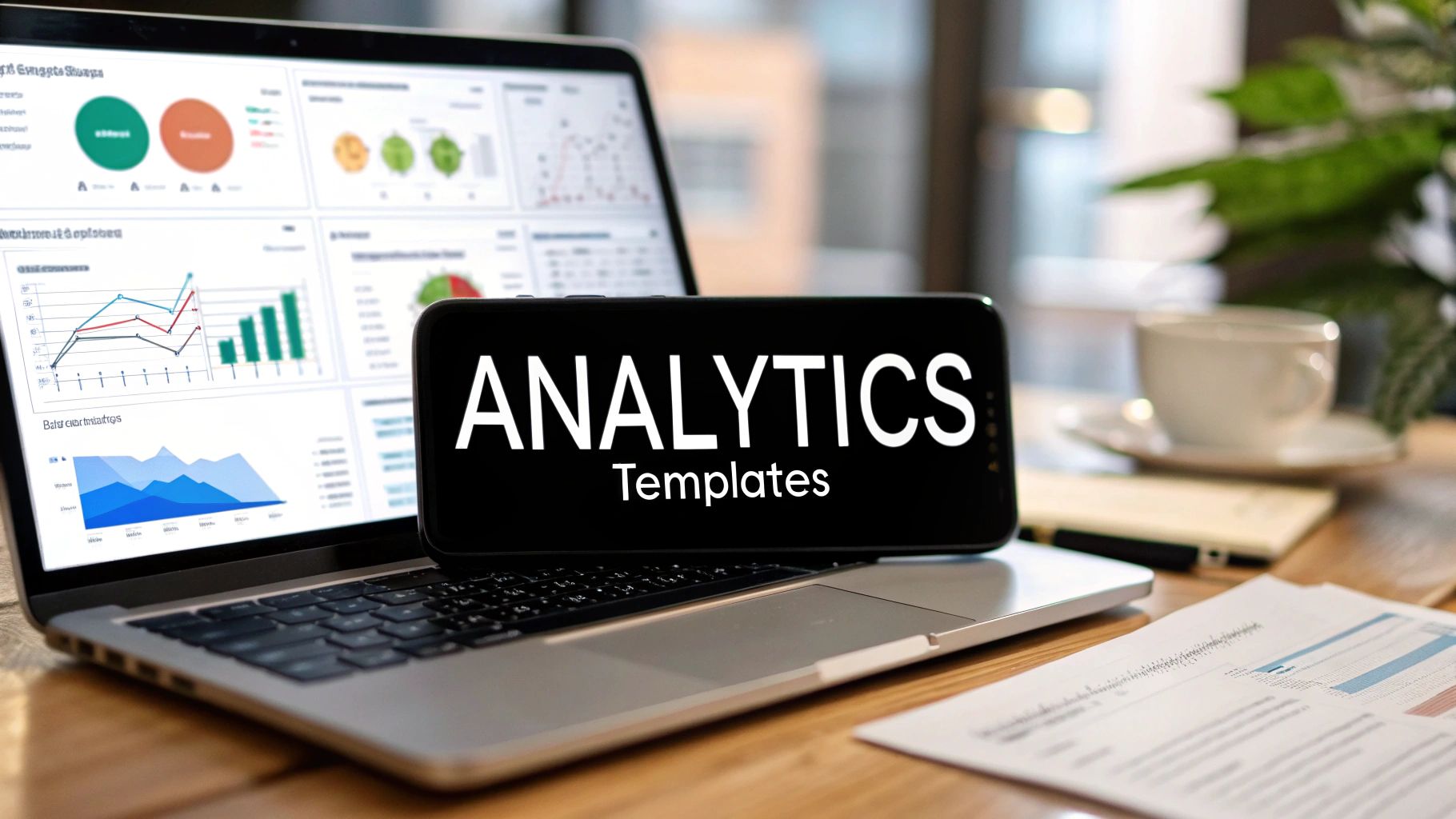
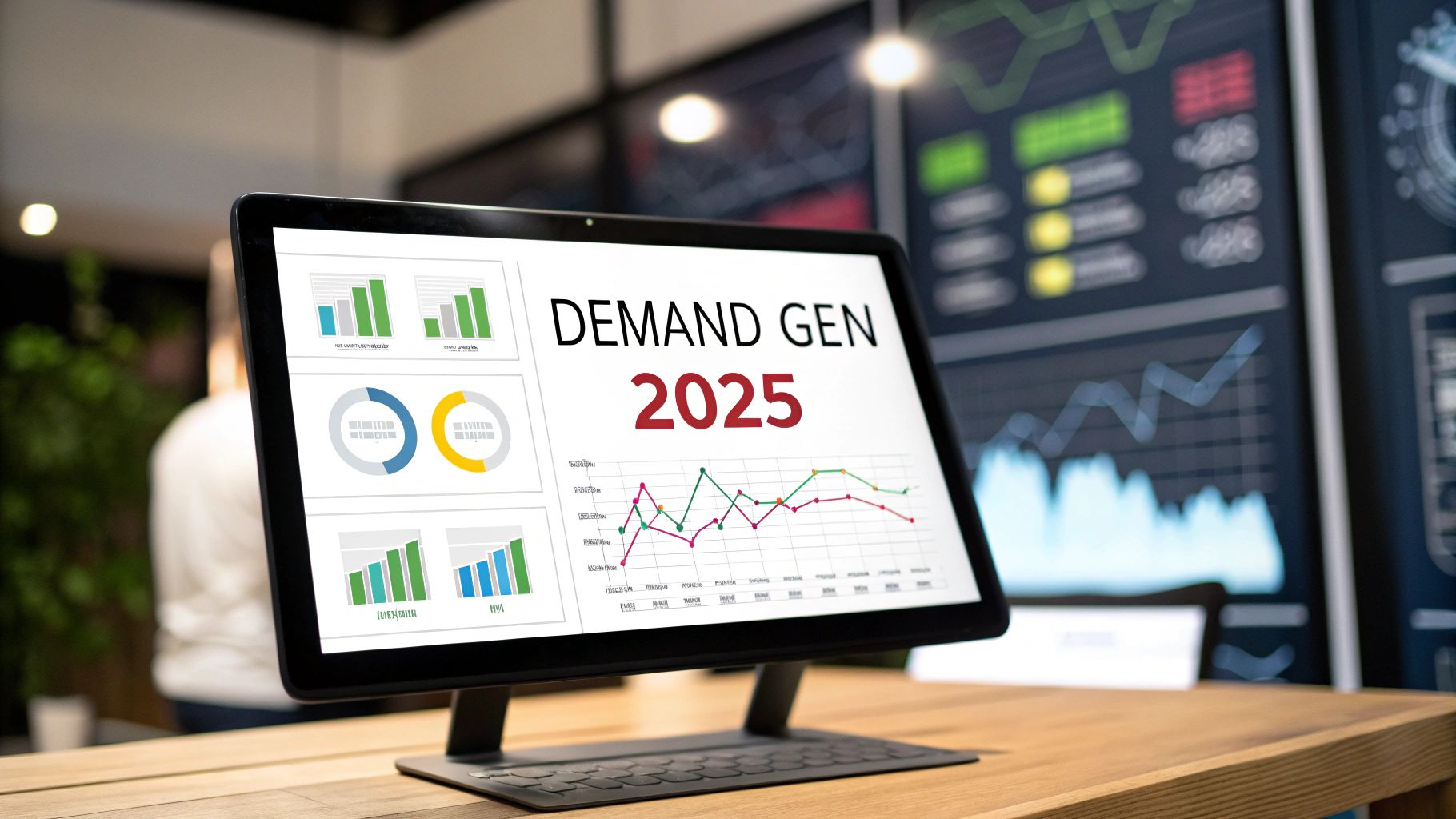
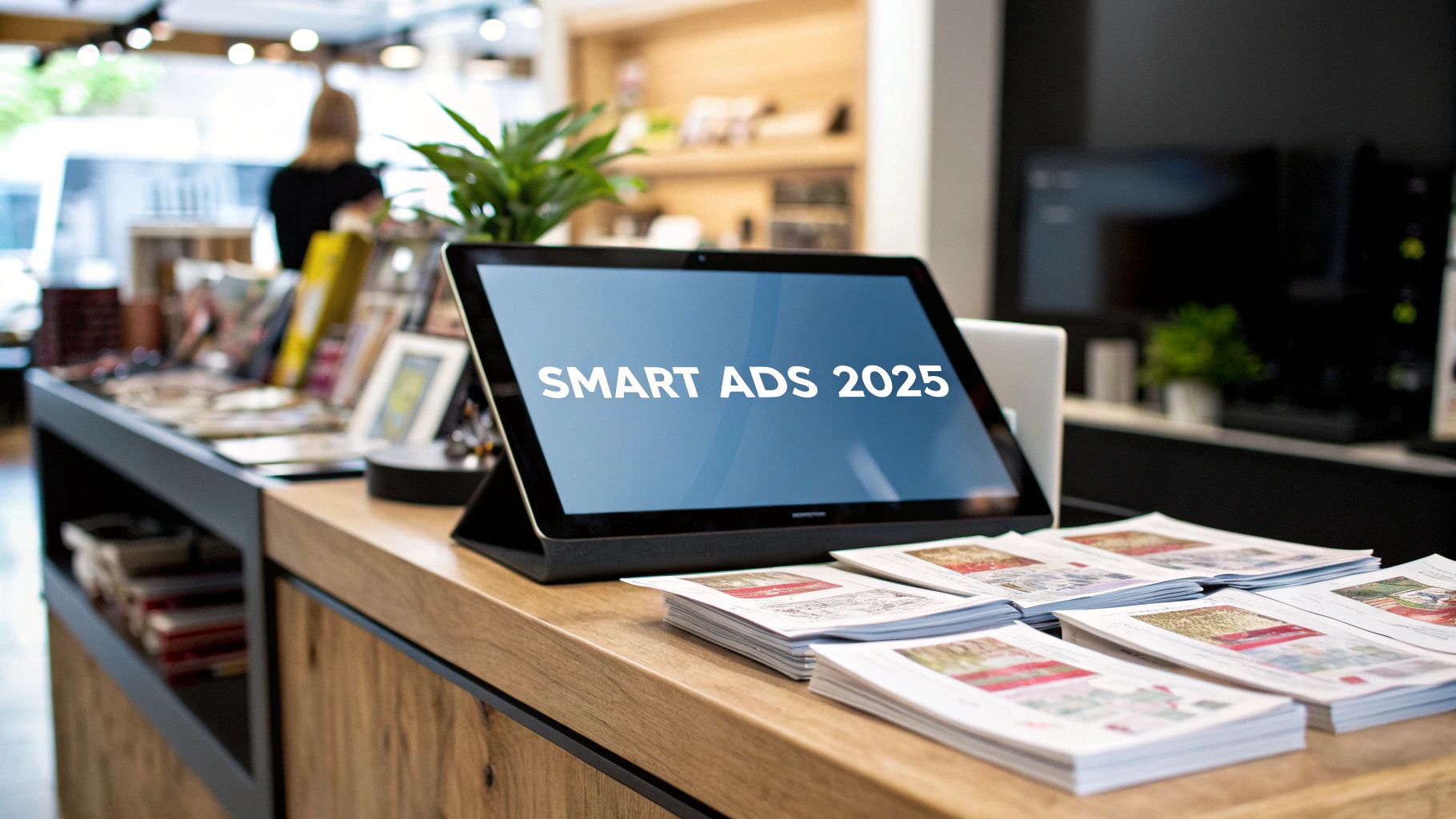
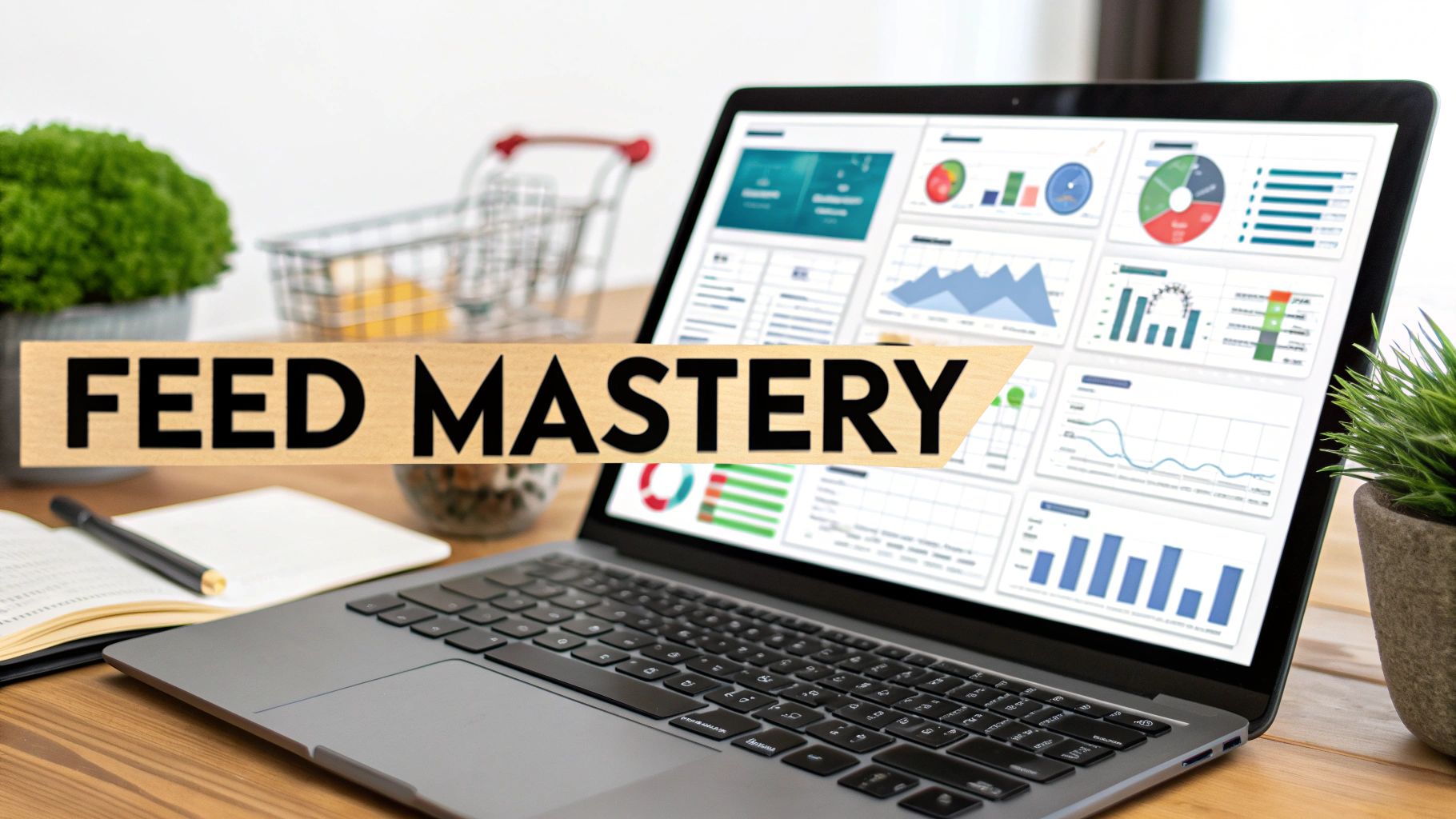
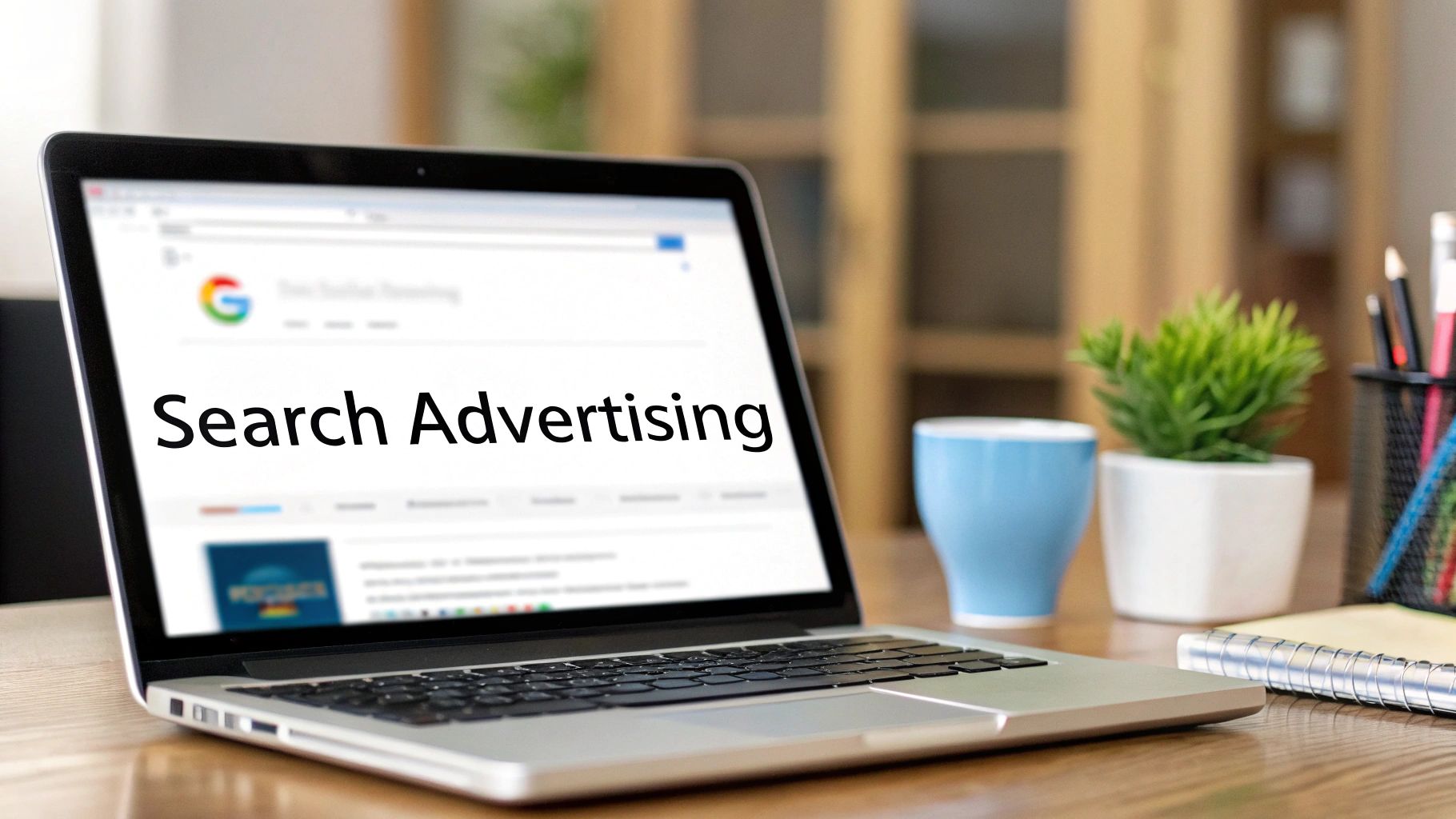
Comments